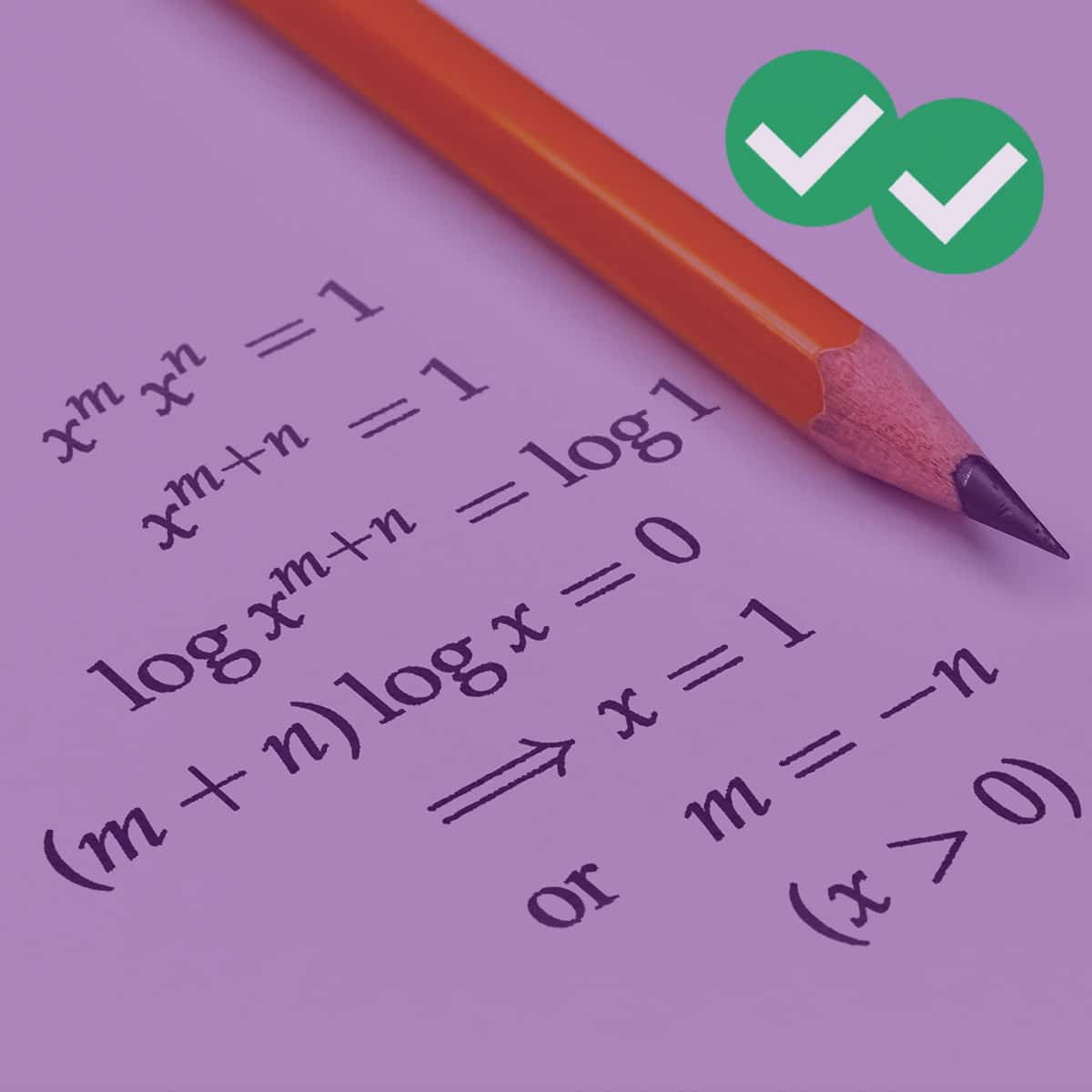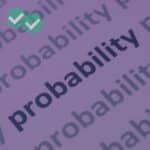In my last post, we examined the following question.
From a group of 5 managers (Joon, Kendra, Lee, Marnie and Noomi), 2 people are randomly selected to attend a conference in Las Vegas. What is the probability that Marnie and Noomi are both selected?
(A) 0.1
(B) 0.2
(C) 0.25
(D) 0.4
(E) 0.6
In that post, we used our intuition to eliminate two answer choices (D and E) in a matter of seconds. In this post, we’ll use another elimination technique to help further reduce the number of answer choices to guess from.
To begin, let’s review the standard probability formula. It says that, if we have an experiment where each outcome is equally likely to occur, then:
P(A) = [# of outcomes where A occurs]/[total # of outcomes]
So, P(Marnie and Noomi are both selected)= [# of outcomes where they are both selected]/[total # of outcomes]
If we use this formula, it’s always best to calculate the denominator first. The reason for this is twofold:
1) Calculating the denominator is typically easier than calculating the numerator. So, if we calculate the denominator first, we may gain some insight into how to calculate the numerator.
2) Calculating the denominator can help us quickly eliminate answer choices.
For the denominator in the above question, we need to determine the number of outcomes when 2 people are selected from a group of 5 people. Since the order of the selected people does not matter, this is a combination question. So, we can select 2 people from 5 people in 5C2 ways. When we apply the combination formula, we see that 5C2= 10. This means that:
P(Marnie and Noomi are both selected)= [# of outcomes where they are both selected]/[10]
Now that we know the denominator equals 10, we can conclude that the probability cannot be 0.25, since it is impossible for a fraction with denominator 10 to equal 0.25
So, by calculating the denominator, we were able to eliminate one more answer choice.
At this point, we have quickly eliminated 3 answer choices (C, D and E), leaving us with a 50-50 chance of guessing the correct answer. Not bad if we don’t know how to solve the question.
In the next post, we’ll examine two different ways to solve the question.






Leave a Reply